#dutchman's britches
Photo
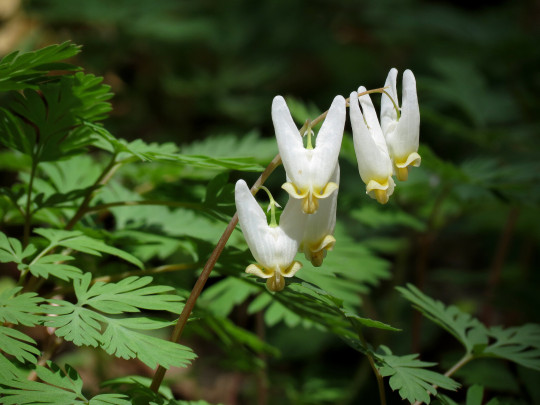
Dutchman’s Breeches by Katja Schulz on Flickr.
This work is licensed under CC BY 2.0.
#dutchman's breeches#dutchman's britches#dicentra cucullaria#landscape#white#green#wild#flowers#wildflowers#creative commons#creativecommonsplants#curators on tumblr#botany#plants#plant blog#plant photography#flickr
324 notes
·
View notes
Text

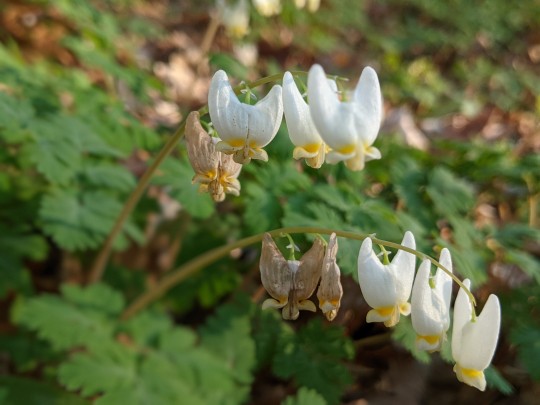
Dutchman's Britches - Dicentra cucullaria
57 notes
·
View notes
Note
Good morning!
I was wondering if you knew the magical properties and uses of Bloodroot (Sanguiarua canadensis) and Dutchmans breeches (Dicentra cucullaria). I've had an attraction to both since I was little.
I know Bloodroot can be used for dyeing and some forms of love magick, but I was wondering if you knew of any other properties of the plant?
I know that, traditionally, Bloodroot has been used for magic having to do with love and relationships, as you said. However, it has also traditionally been used in magic that aims to protect the home and family. Extroplating a bit further, I believe that it would make a suitable additive in magic that specifically aims to ward off spirits that draw their power and sustence by sowing discontent and enmity amongst friends, lovers, and family members.
As for Dutchman's Britches (as I learned to call them), I believe there is a traditional belief amongst certain indigenous North American tribes that it can be used in love-drawing magic. Beyond that, I'm not aware of other folklore surrounding them, but I have come to develop my own beliefs through experience. In particular, this plant (and all other members of the Bleeding-Hearts genus) is one beloved by the Fae. Like most things held dear by the Folk, it can be used in two paradoxical ways. On one hand, it can be used to appease or even lure Fae Spirits. On the other hand, however, it can also be used to ward against Fae Spirits when properly employed.
7 notes
·
View notes
Text

Ohio Spring Wildflower Field Guide
#flower#flowers#spring flowers#spring#floral#wildflowers#wild flowers#ohio#ohio wild flowers#botany#april#march#may#dutchman's-breeches#dicentra cucullaria#Dutchman's britches#Dutchman's breeches
1 note
·
View note
Text
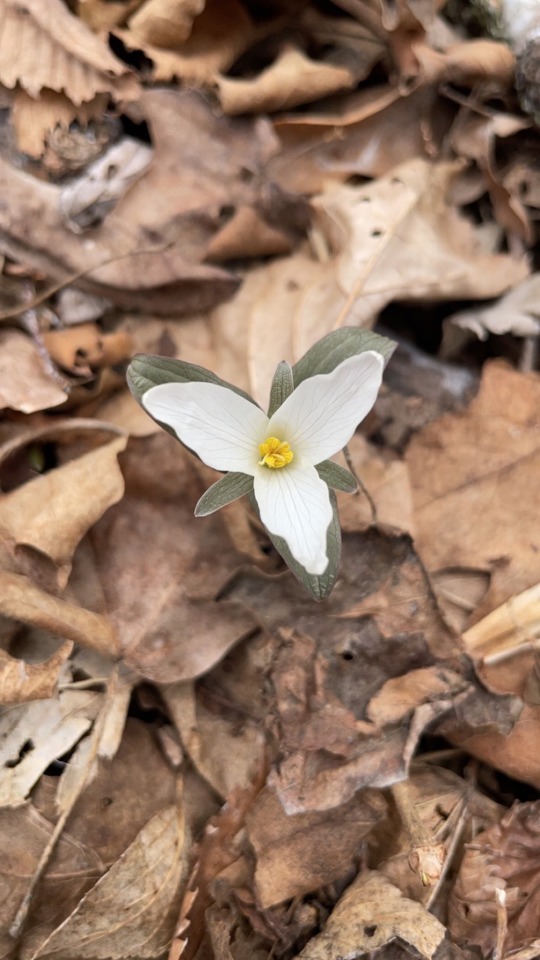

1 note
·
View note
Text

dutchman’s britches // 15 april 2023
#nature#puremichigan#plant blog#cottagecore#wildflowers#grandmacore#dutchman’s britches#plants#photographers of tumblr#original photogrpahy#white#green#best of nature#naturecore#spring#april#spring ephemerals#flowers#mine#fleetingfutures
0 notes
Text
Plant native plants
What's up, northern hemisphere homies? Spring is coming and soon, many of you may be looking toward gardening. When you're deciding what to plant, I have two words for you to consider:
Native. Wildflowers.
There are huge benefits to planting native plants over store-bought plants.
Native plants are already adapted to the local soil. Lots of ornamental plants (especially lawn grass) pull nutrients out of the soil without giving anything back. Native plants are much better at supporting the nutrient cycle.
They are low-maintenance. Because native plants are already adapted to your local conditions, they need much less care and maintenance. You can save time and money on fertilizers, pesticides, herbicides, and water.
Native plants support the local ecosystem. The plants have evolved alongside with animals, meaning they feed local insects, birds, and other animals. They also provide shelter for wildlife, attract pollinators, and boost the local animal populations.
They increase biodiversity. In my country, huge swaths of native land have been bulldozed and replaced with ecologically damaging farmland, lawns, and non-native ornamental plants. By planting natives you help restore the ecological balance and can get an idea of what the land used to look like. Planting natives on your property can spread the seeds to other locations through wind or animal dispersal.
They are sustainable. You can harvest seeds off of your natives and grow your garden, give them to other people, or scatter them in the wild.
They are diverse and unique. How many gardens are full of the same old standards like peonies, daffodils, and tulips? Native plants often look much more unique and interesting than the same old ornamentals. Here are some local species from my area that I think are much better looking than a lot of ornamental cultivars. (top to bottom: prairie blazing star, showy tick trefoil, Virginia bluebell, dutchman's britches, bottle gentian).



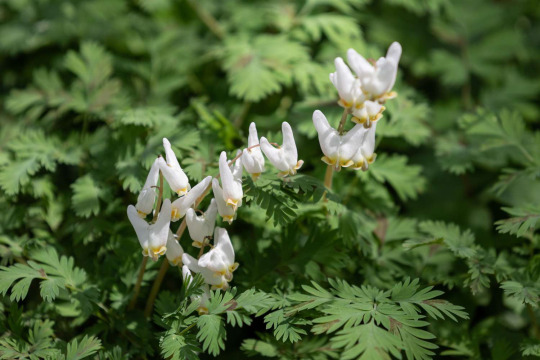
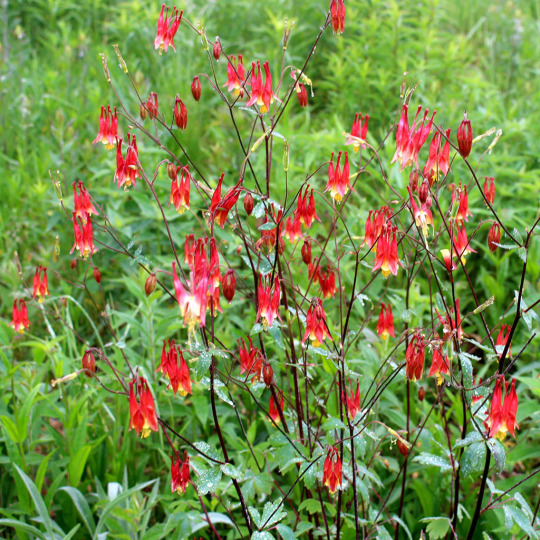

Do some research about which species are local to your area and see if your local garden stores have any native species. A lot of places will have naturalist groups who will sell native plants or their seeds or can point you to places you can get them. You may be able to harvest seeds directly off the plant if there are natural areas near you. However if you are harvesting natural plants, check local laws and see who owns the property. The general rule of thumb is that for abundant native species, you can safely harvest about half of the seeds without impacting the regrowth next year. For rarer species, you shouldn't take more than a quarter. If a lot of people are harvesting in the same area, they may be taking too much.
154 notes
·
View notes
Text
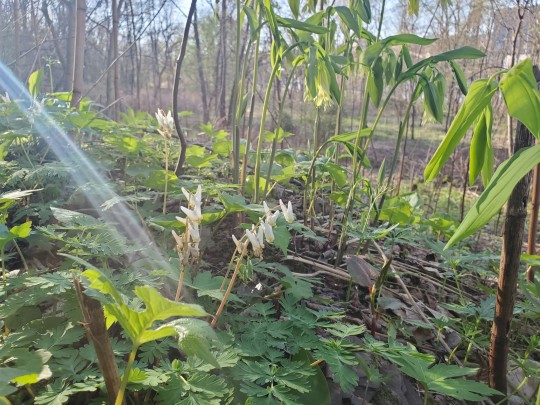
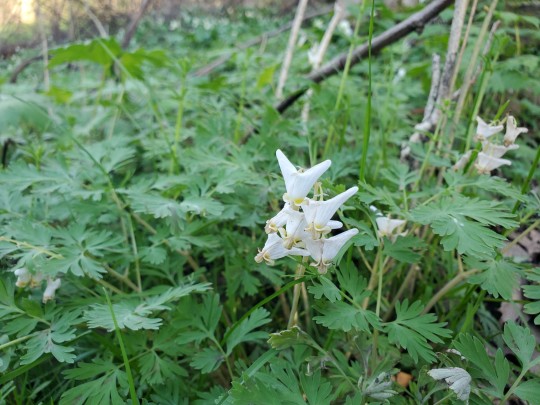

Dicentra canadensis and Dicentra cucullaria at Barking Slopes Conservation Area in New Kensington, PA.
These were all over the entire wooded hillside trail, mixed with Trilliums and other wildflowers. Their common names are fun as well. The first is Squirrel Corn and the other Dutchman's Britches.
36 notes
·
View notes
Text

Dutchman's Britches Diorama- Lisa A. Frank
#earthy#nature art#nature photography#plants#diorama#still life#botanical#gardens#green#beautiful#beauty#escape#pretty#art#nature#photography#dark#flowers#white#cottagecore#cool shit#pretty art
162 notes
·
View notes
Text



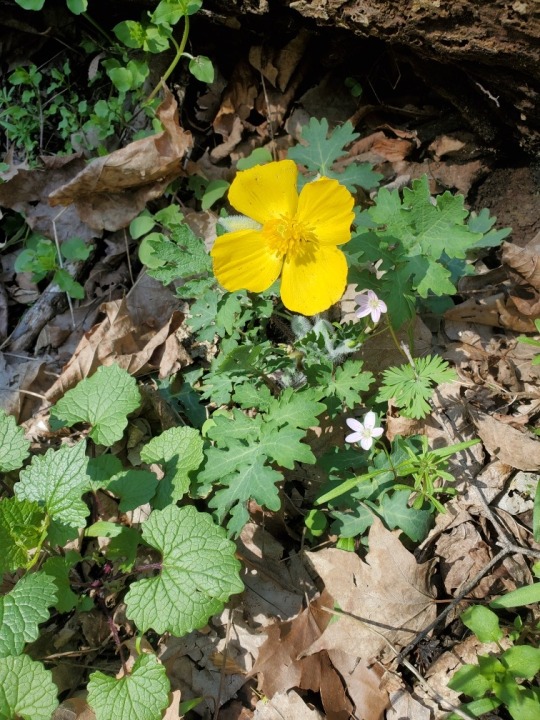
Check out this cool trackable I found while Geocaching in Harbin Park in Fairfield, Ohio! Such a small, silly thing that made my day.
This place has HILLS.
Loads of spring flowers blooming. Pictured are a Giant(?) Trout Lily, Spring Beauties, and a gorgeous Wood Poppy with Garlic Mustard, which isn’t blooming yet, but I love it still!
Also saw violets, Dutchman’s britches, cut-leafed toothwort, mayapples coming up, false rue anemones and more… virginia waterleaf… and geocaches!
Tftc to the cache owners for leading me on a great treasure hunt. Can’t wait to deposit this Gnomes and popcorn trackable on a big adventure later this summer!
Hope you are well and enjoying the day, my lovelies.
Alice
#Geocache#geocaching#gnomecore#gnoming#Grab your popcorn#Enjoy the show#trackable#treasure hunter#Fairfield ohio#Spring flowers#woodland flowers#Botanical#walk in the woods#hill training
4 notes
·
View notes
Photo
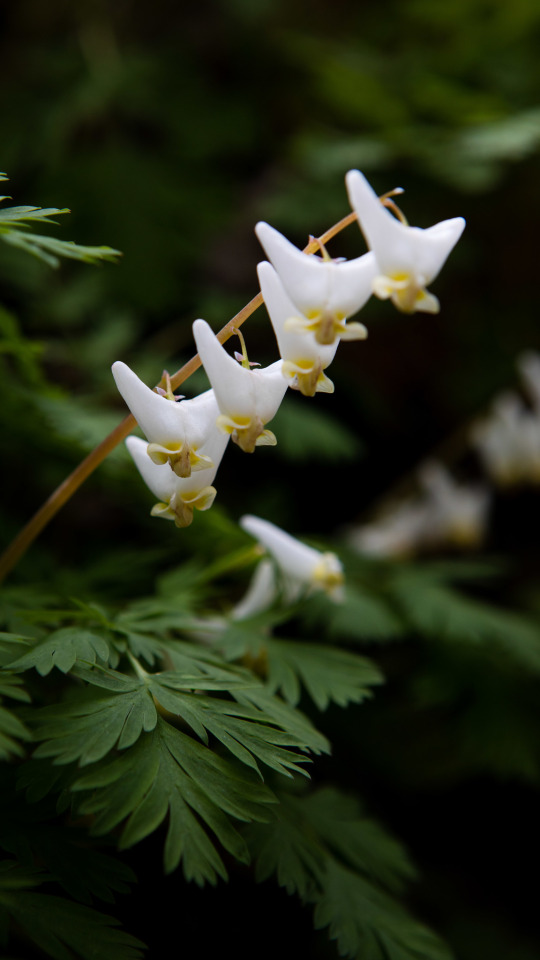
Dutchman's Breeches by zachbaranowski on iNaturalist.
This work is licensed under CC BY-NC-ND 4.0.
#dicentra cucullaria#dutchman's breeches#dutchman's britches#portrait#wild#flowers#wildflowers#inaturalist#creative commons#creativecommonsplants#plants#plant blog#plant photography#botany#green#white#bleeding heart
45 notes
·
View notes
Text
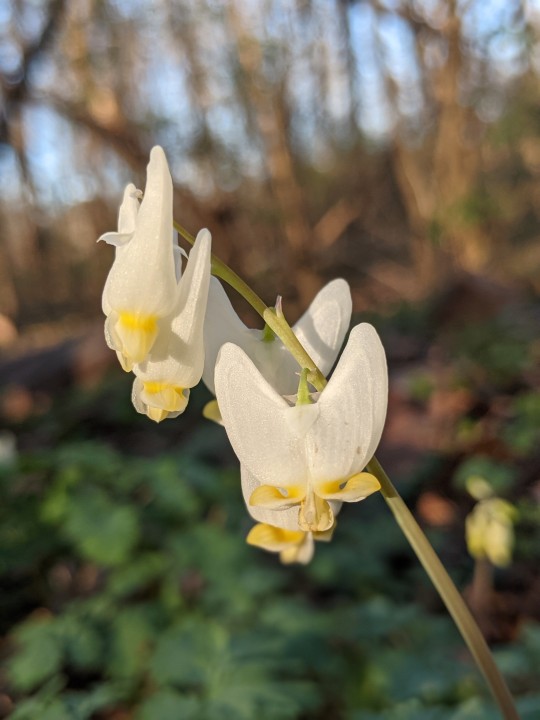

Dutchman's Britches - Dicentra cucullaria
Locally rare, but this spot has different geology than most of my region, so the soil's different. That's part of why it's such a good wildflower spot.
9 notes
·
View notes
Text

May 13, 2022. Dutchman’s Britches.
2 notes
·
View notes
Photo
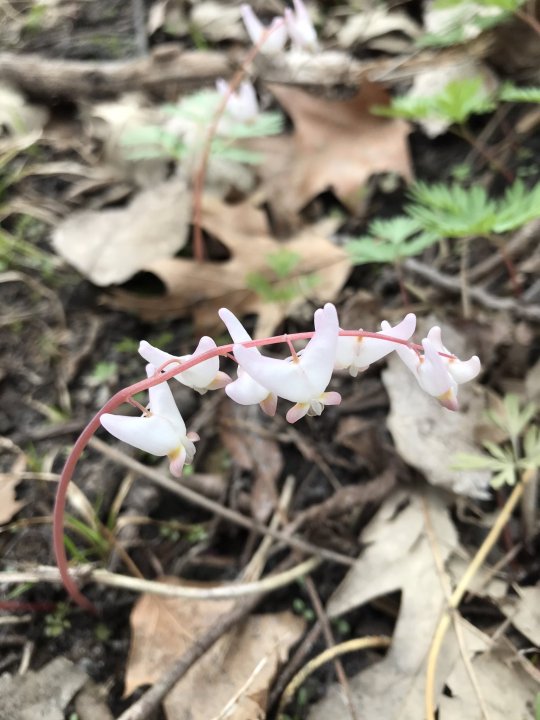
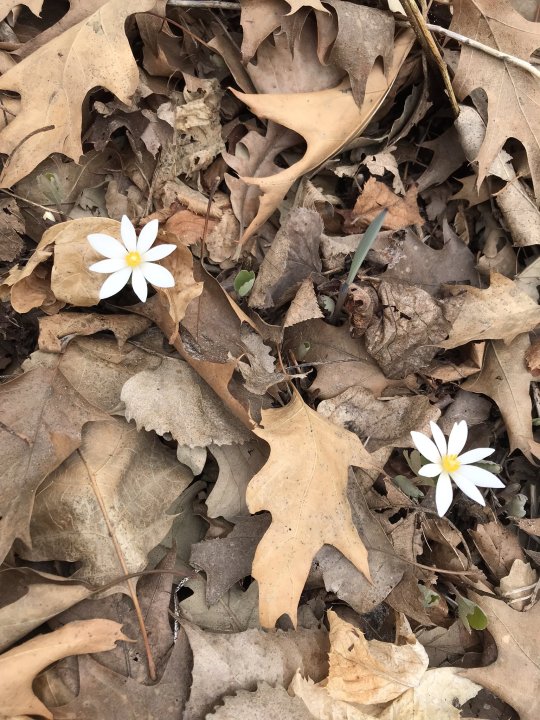


dutchman’s britches, bloodroot, marsh marigold, and skunk cabbage from my walk yesterday ^_^
2 notes
·
View notes
Text

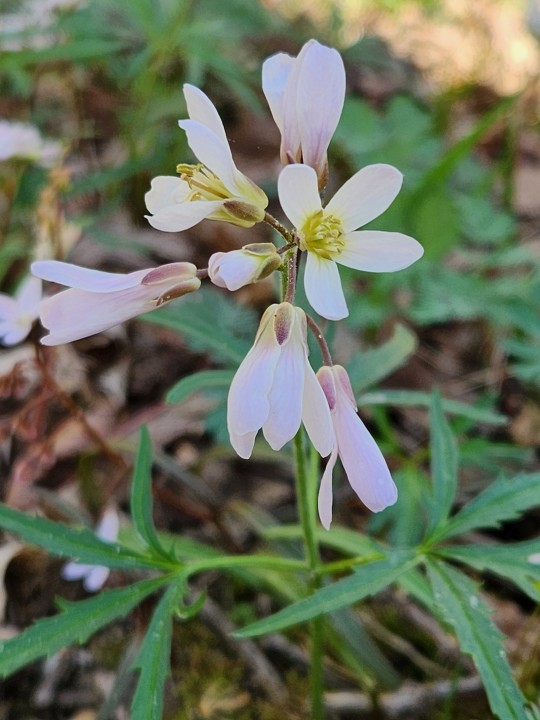
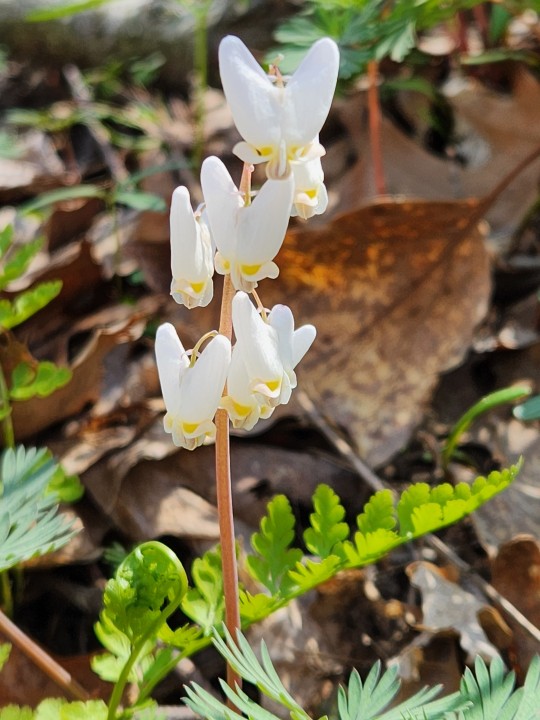
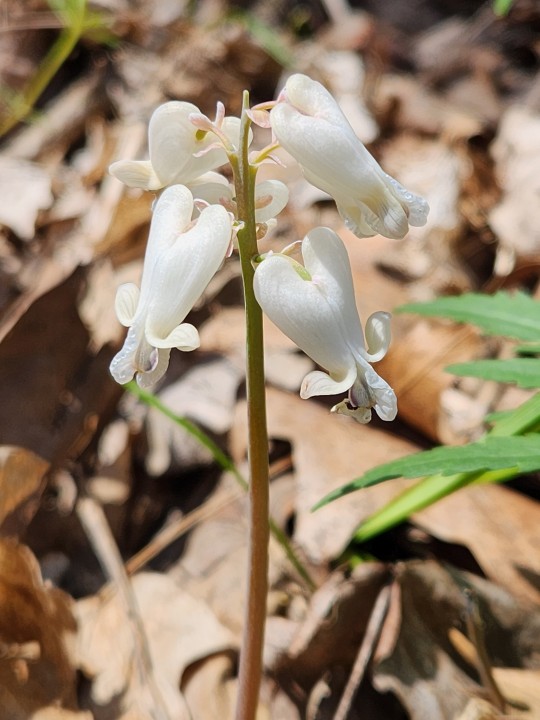

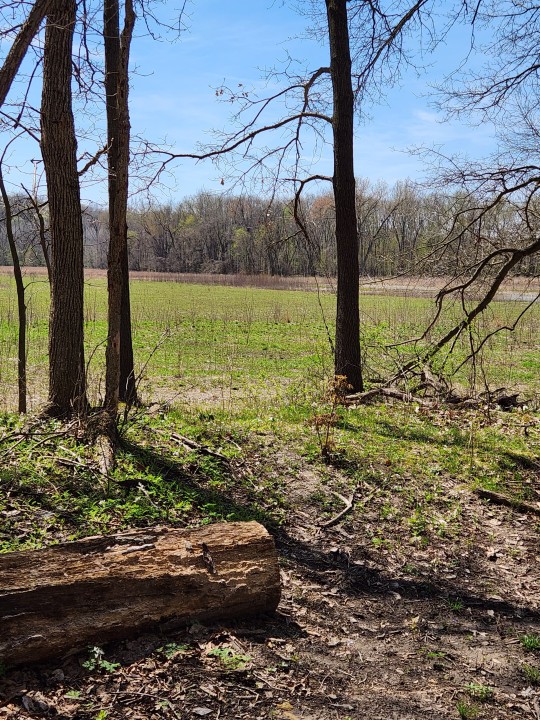




Took the kids and dogs on a hike at one of the best trails for spring wildflowers I've ever found. Still a little too early for trillium but lots of spring beauties, dutchmans britches, squirrel corn, false rue anemone, violets, and trout lilies. We even saw the first of the woodland phlox blooms! And 10yo found a caterpillar!
#trail dogs#hiking#dogs#german shepherd#white german shepherd#zella#sven#spring flowers#ephemeral wildflowers#wildflowers
0 notes
